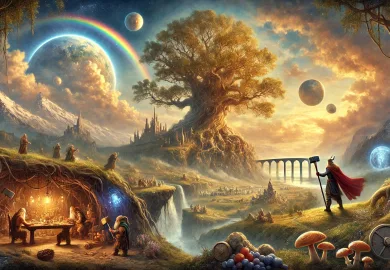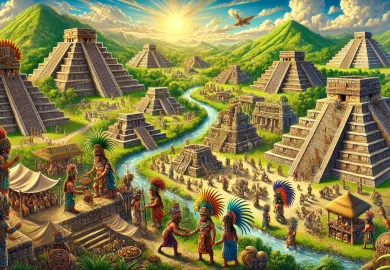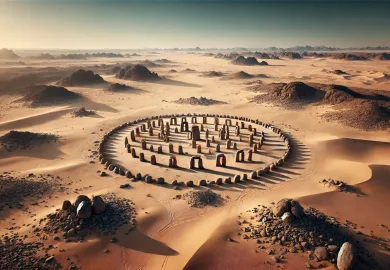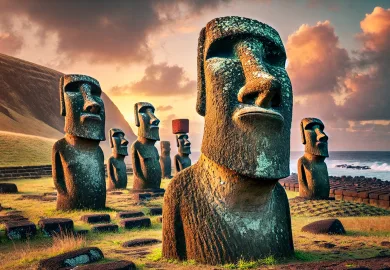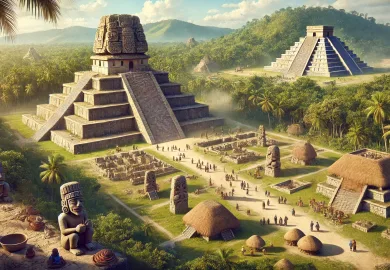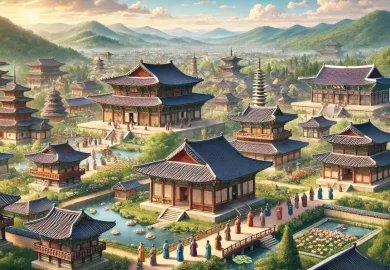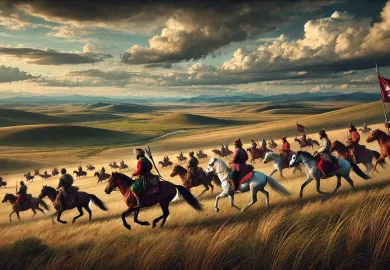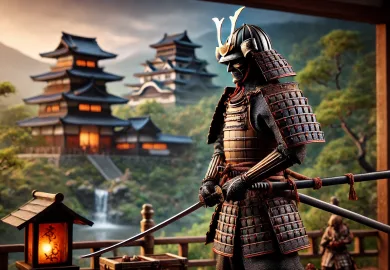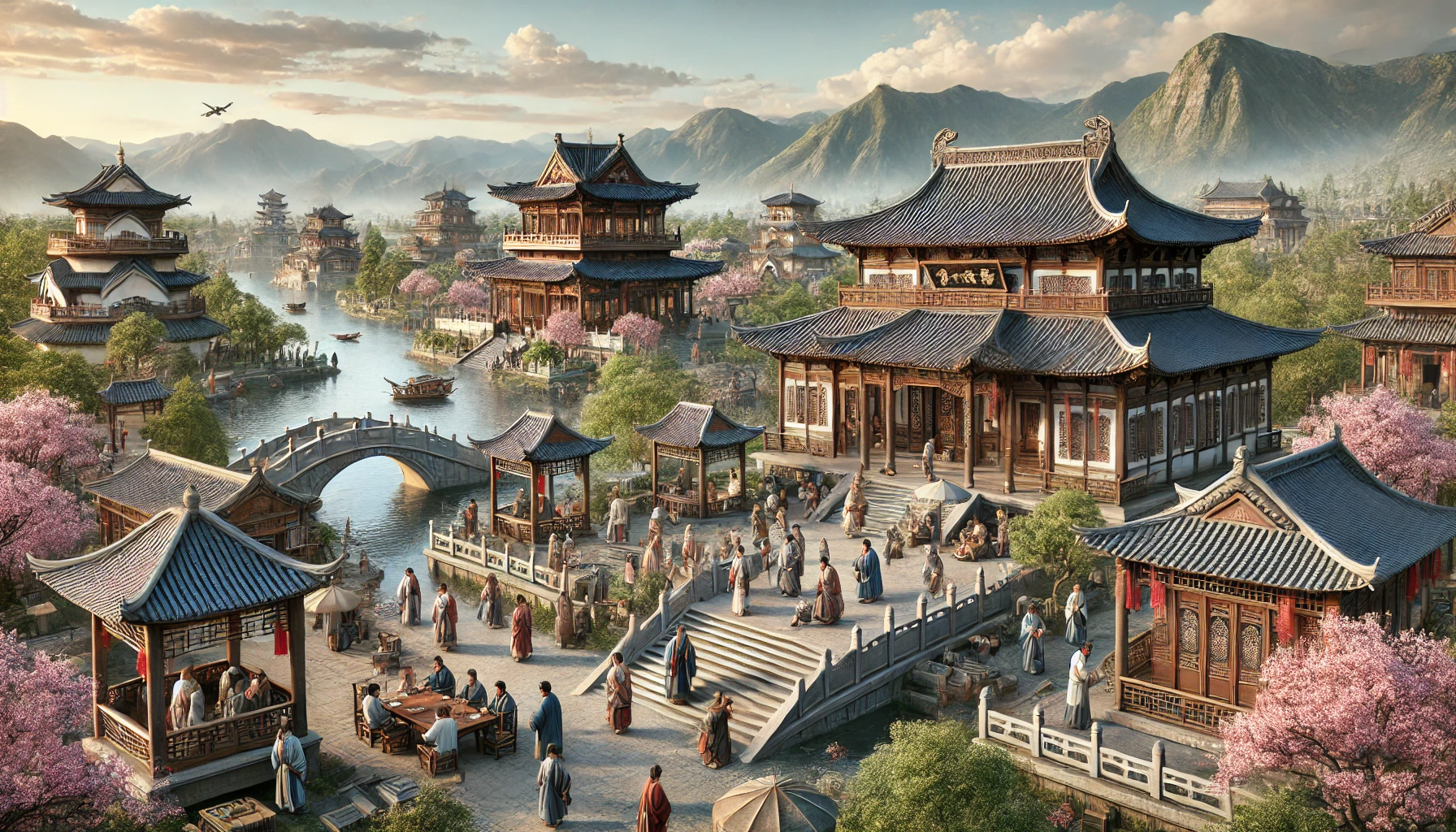
The story of China is a rich tapestry woven with threads of profound cultural, political, and technological advancements. Spanning from the dawn of the Xia Dynasty in 2070 B.C. to the fall of the Han Dynasty in A.D. 220, Ancient and Early Imperial China laid the foundational stones for what would become one of the most influential civilizations in human history. This period, marked by the rise and fall of dynasties, the unification of warring states, and the spread of Confucianism, Buddhism, and Taoism, is a testament to the enduring legacy of the Chinese people. In this article, we will explore the key elements of this epoch, delving into its cultural, technological, and philosophical achievements that have continued to shape China—and the world—to this day.
The Formative Dynasties: Xia, Shang, and Zhou
Ancient China’s history officially begins with the Xia Dynasty, traditionally dated from 2070 B.C. to 1600 B.C. Though its existence has been debated among historians, recent archaeological discoveries suggest that the Xia may indeed represent an early state formation in the Yellow River Valley. The Xia Dynasty is often credited with the establishment of the first hereditary monarchy in China, laying the groundwork for the dynastic rule that would dominate Chinese governance for millennia.
Following the Xia was the Shang Dynasty (c. 1600 B.C. – 1046 B.C.), known for its advanced bronze casting, the earliest known Chinese writing system, and the development of a stratified society. The Shang’s rulers were considered intermediaries between the gods and their people, with a deeply ingrained belief in the power of ancestors. Oracle bones—inscribed with questions to the gods—are one of the most significant archaeological findings from this period, providing insight into the religious and political life of the time.
The Zhou Dynasty (c. 1046 B.C. – 256 B.C.), which succeeded the Shang, is notable for its long reign and the development of the concept of the “Mandate of Heaven.” This principle justified the rule of the emperor as divinely ordained, contingent upon his ability to govern justly. The Zhou period is also when Confucianism and Taoism emerged, philosophies that would profoundly influence Chinese culture and governance. Additionally, the later Zhou era, particularly during the Eastern Zhou (770 B.C. – 256 B.C.), saw the flourishing of the arts, literature, and the early development of Chinese bureaucracy.
The Unification of China: The Qin Dynasty
The end of the Zhou Dynasty gave way to the Warring States period (c. 475 B.C. – 221 B.C.), a time of intense military conflict among rival kingdoms. This era culminated in the rise of the Qin Dynasty (221 B.C. – 206 B.C.), the first dynasty to unify China under a centralized imperial rule. Qin Shi Huang, the first emperor of China, is a figure of immense historical importance. His reign, though brief, was marked by significant reforms, including the standardization of weights, measures, and the Chinese script, which helped unify the diverse cultures of his empire.
Qin Shi Huang is also renowned for his monumental construction projects, most famously the Great Wall of China, built to protect against northern invaders. The Terracotta Army, an extensive collection of life-sized clay soldiers buried with the emperor to guard him in the afterlife, is another testament to his legacy. However, the Qin Dynasty’s harsh legalist policies and the heavy burden of its construction projects led to widespread discontent, contributing to its rapid downfall after the emperor’s death.
Despite its short lifespan, the Qin Dynasty’s impact on China was profound. It set the precedent for the centralized, bureaucratic state that would become the hallmark of Chinese governance in subsequent centuries. The concept of a unified China, governed by a single emperor, persisted, influencing the political landscape of East Asia for over two millennia.
The Han Dynasty: A Golden Age of Cultural and Technological Advancement
The Han Dynasty (206 B.C. – A.D. 220) is often regarded as one of the golden ages of Chinese civilization. Founded by Liu Bang, a peasant leader who rose to power during the collapse of the Qin Dynasty, the Han period was marked by political stability, economic prosperity, and significant cultural and technological advancements. The Han emperors maintained the centralized government established by the Qin but softened its harsh legalist policies, integrating Confucian ideals into the state philosophy.
Under the Han, China expanded its territory significantly, extending its influence into Central Asia through military conquests and trade. The Silk Road, a network of trade routes connecting China with the Mediterranean, was established during this time, facilitating cultural exchange and the spread of goods, ideas, and religions, including Buddhism, which began to take root in China.
Culturally, the Han Dynasty is celebrated for its contributions to literature, history, and the arts. The Han era saw the compilation of historical texts such as the “Records of the Grand Historian” by Sima Qian, which set the standard for Chinese historiography. Additionally, advancements in science and technology flourished, including the invention of paper, the seismograph, and improvements in iron casting. These innovations not only bolstered the Chinese economy but also laid the groundwork for future developments in various fields.
The Cultural Legacy of Ancient and Early Imperial China
The cultural achievements of Ancient and Early Imperial China are vast and enduring, influencing not only subsequent Chinese dynasties but also neighboring civilizations in East Asia. Confucianism, which became the official state philosophy during the Han Dynasty, emphasized values such as filial piety, respect for authority, and the importance of education. These principles became deeply embedded in Chinese society and governance, shaping the moral and ethical framework of the region.
Taoism, another significant philosophical and religious tradition, emerged during the Eastern Zhou period and continued to influence Chinese culture throughout the imperial era. Taoism’s emphasis on harmony with nature, simplicity, and humility resonated with the Chinese people, manifesting in various aspects of their daily lives, from art and literature to medicine and political thought.
Buddhism, introduced to China during the Han Dynasty via the Silk Road, also left a profound impact on Chinese culture. As it adapted to Chinese beliefs and customs, Buddhism gave rise to distinct schools of thought and artistic expressions, such as Chan (Zen) Buddhism, which would later spread to Japan and other parts of Asia.
The artistic achievements of this era are equally remarkable. Calligraphy, regarded as the highest form of visual art in China, began to flourish during the Han Dynasty. The period also saw the development of Chinese landscape painting, which reflected the Taoist ideal of living in harmony with nature. Moreover, the craftsmanship in jade carving, pottery, and bronze work from these periods has been highly revered, with many pieces becoming national treasures.
Conclusion: The Enduring Influence of Ancient China
The epochs of Ancient and Early Imperial China were transformative, laying the foundations for a civilization that has withstood the test of time. From the early dynasties’ formative contributions to the cultural zenith of the Han period, this era was marked by remarkable achievements in governance, culture, philosophy, and technology. The legacies of Confucianism, Taoism, and Buddhism, alongside the technological innovations and artistic expressions of these periods, continue to shape not only China but also the broader world.
Understanding the profound impact of these ancient and early imperial periods is crucial for appreciating the complexity and depth of Chinese civilization. The influences of this time can still be seen today in modern China’s cultural practices, political ideologies, and social structures, reflecting a continuity that has endured for thousands of years. As we continue to explore and learn from this rich history, the lessons of Ancient and Early Imperial China remain as relevant as ever, offering timeless wisdom and insights into the human experience.
Warm and Welcoming People
In China, one of the most cherished aspects that visitors frequently remark on is the warmth and hospitality of its people. The locals of China have a deeply rooted tradition of welcoming outsiders with open arms, a practice embedded in the culture for generations. This warm reception goes beyond just friendly smiles; it’s about genuine interest and respect, making tourists feel at home from the moment they arrive.
Whether in bustling cities or quaint rural villages, the people of China are known for going out of their way to make visitors feel comfortable. It’s common for locals to offer directions, share insights about hidden spots, or even invite travelers for a meal. This openness to strangers is not only a mark of respect but also a way to share their culture and heritage, allowing tourists to experience the authentic soul of the country.
This warmth makes a visit to China more than just a journey to a new place; it becomes a memorable experience of human connection. By the end of their stay, many travelers feel they’re leaving not just a beautiful landscape but also newfound friends. It’s this unique combination of natural beauty and heartfelt hospitality that makes China an unforgettable destination, resonating in the memories of everyone who has had the pleasure of experiencing it.


